Sales enablement. Everyone’s talking about it, but what does it mean?
Sales enablement is about ensuring that your sales team has the resources, processes, and people needed in order to work effectively and perform their roles more easily.
Sales enablement. Everyone’s talking about it, but what does it mean?
Sales enablement is about ensuring that your sales team has the resources, processes, and people needed in order to work effectively and perform their roles more easily.
There are many answers to this question. However, I’m going to focus on a few here that are particularly relevant to CRM:
Now that we understand sales enablement a little better, let’s take a moment to identify how to turn a good sales team into a great sales team.
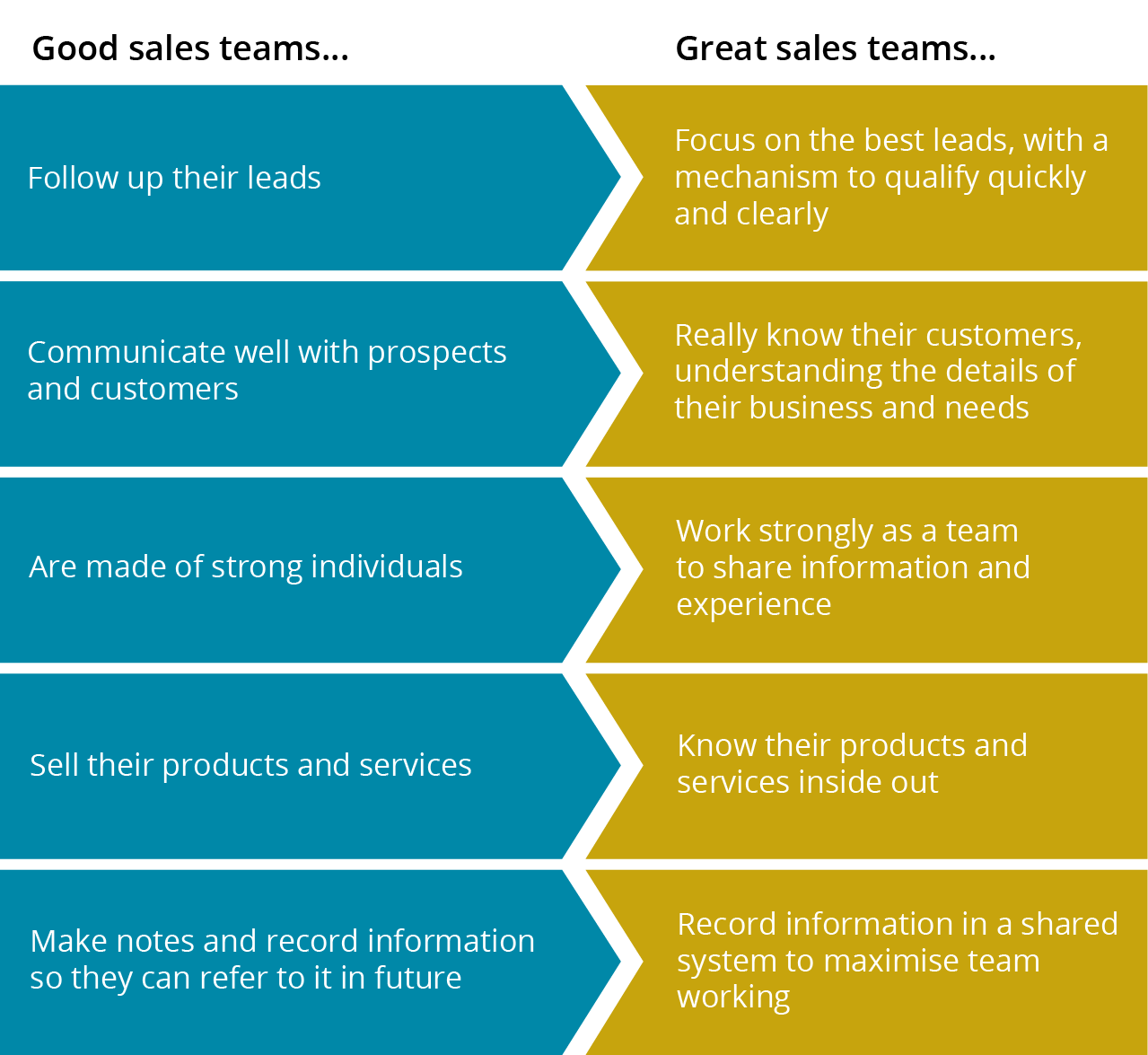

Knowing your customer is all about ensuring your team can quickly access the insights and tools they need to understand your customer’s business and their needs. It’s not enough to engage with your customers anymore – they expect you to know their business before you engage!
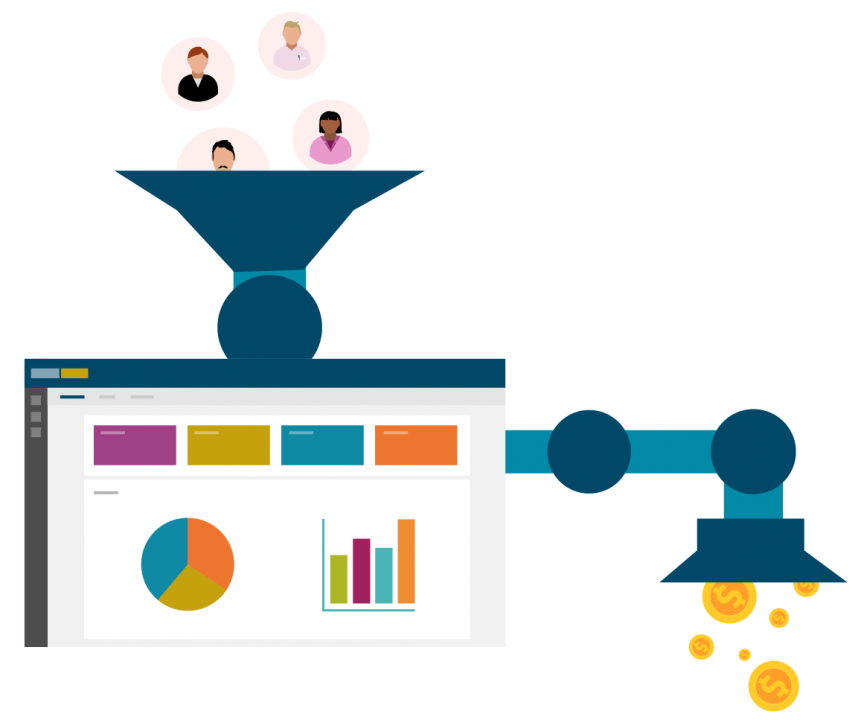
A clear and simple sales process is one of the first steps to good sales enablement. But it’s not enough just to have a good sales process. It’s important that your CRM supports this by following the vocabulary, categorisation, and statuses already used within your business. Your CRM system should be configurable to match your internal business terminology.
Ensuring that your system matches your process and terminology will make it feel natural. As a result, it will fit hand to glove when your sales team are using it. Ultimately, increasing the likelihood that they will continue to use it.
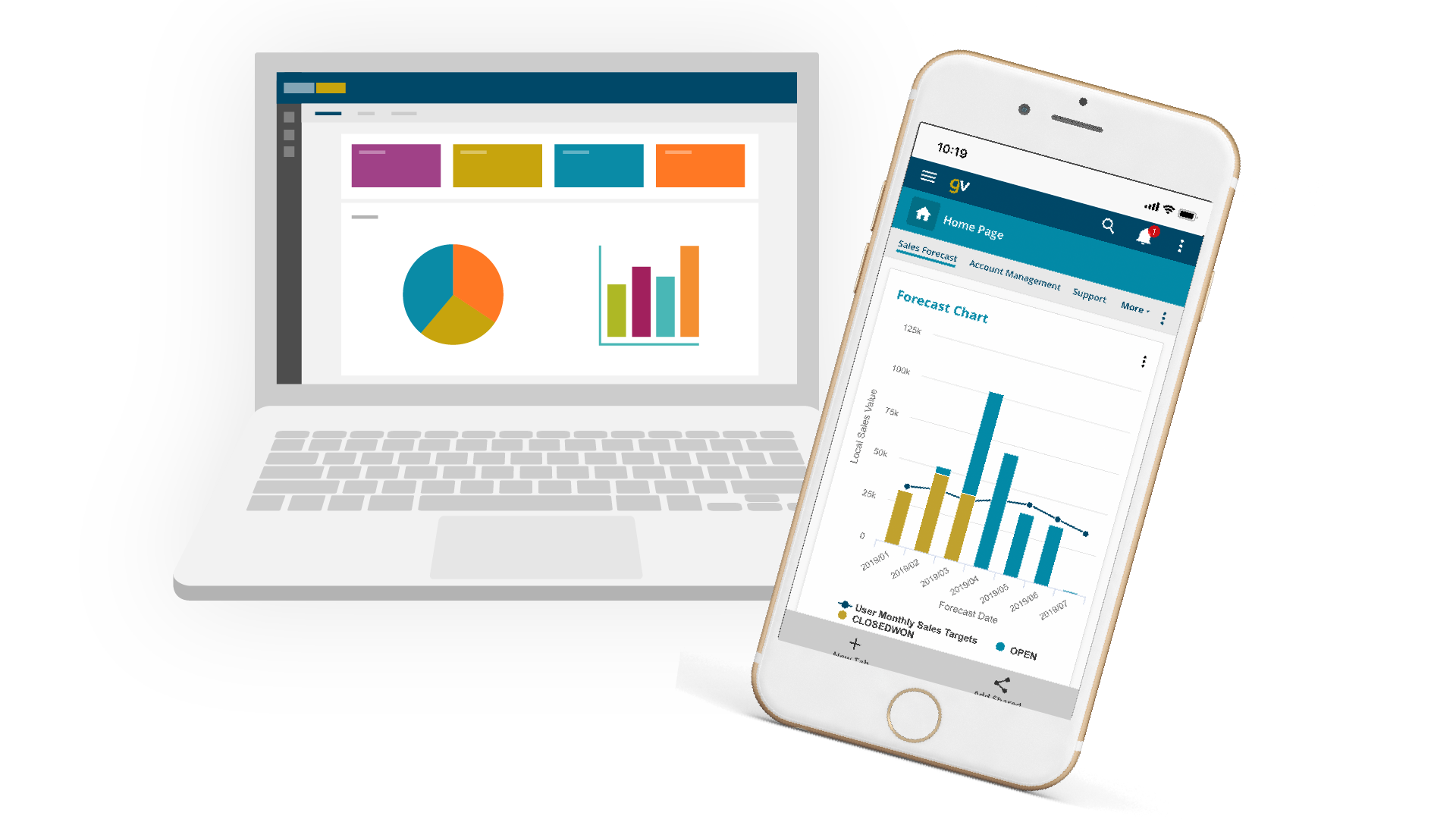
Setting clear goals will allow everyone to understand what the objectives are for your sales process and targets. Once agreed, it’s important that your goals are represented clearly and accurately in your CRM system.
Once this is done, you can create dashboards based on your goals. With Gold-Vision, these are quick and easy to set up, not to mention dynamic. Our dashboards update in real-time and are visible on any device, at any time. As a result, you can bid farewell to the wasted time and manual pain of compiling your sales reports.
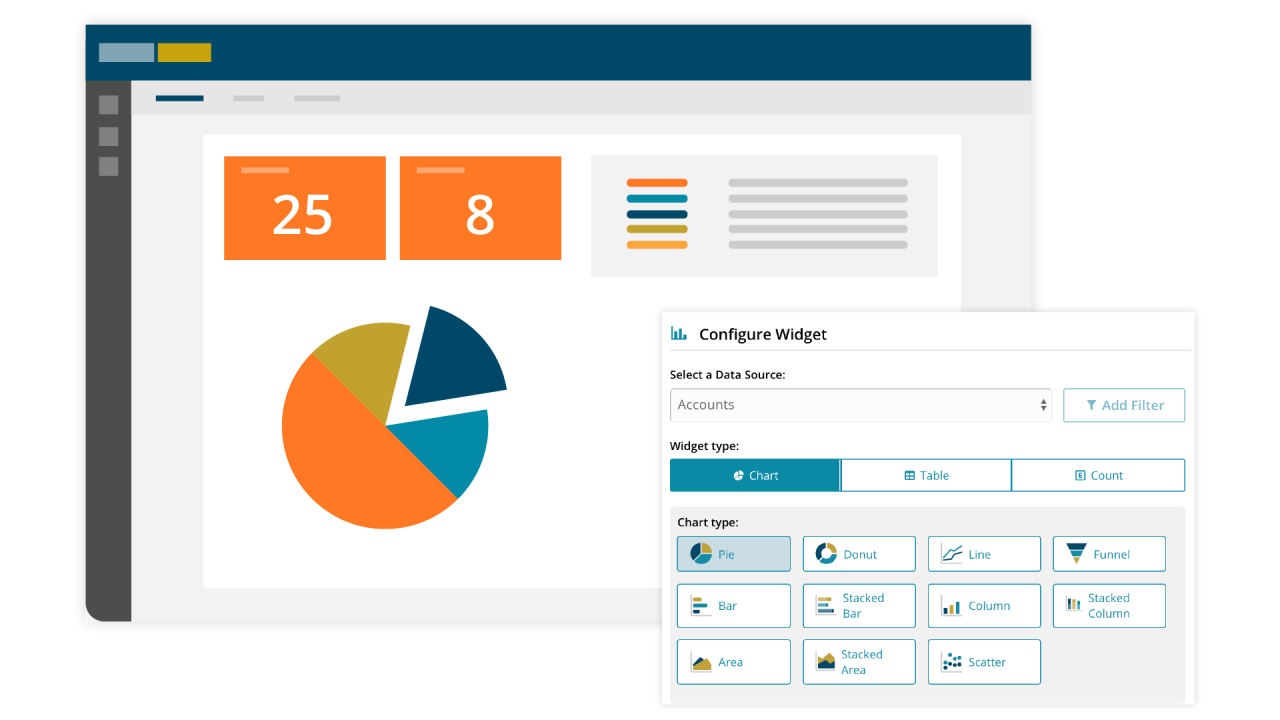
The massive benefit to having up-to-date and clear information in your CRM system is that it can then be used to drive powerful reporting. I encourage you to look beyond simple pipeline reports and instead consider using reporting as a feedback loop.
A good example of this is recording why a sales is lost or won. This enables you and your team to report on and identify areas of improvement for future sales opportunities. We regularly implement this as part of Gold-Vision and it’s a valued addition every time.
Another great example is to look at industry sectors for job roles where you have been successful. Again, this information will allow you to drive better opportunities in your future pipeline.
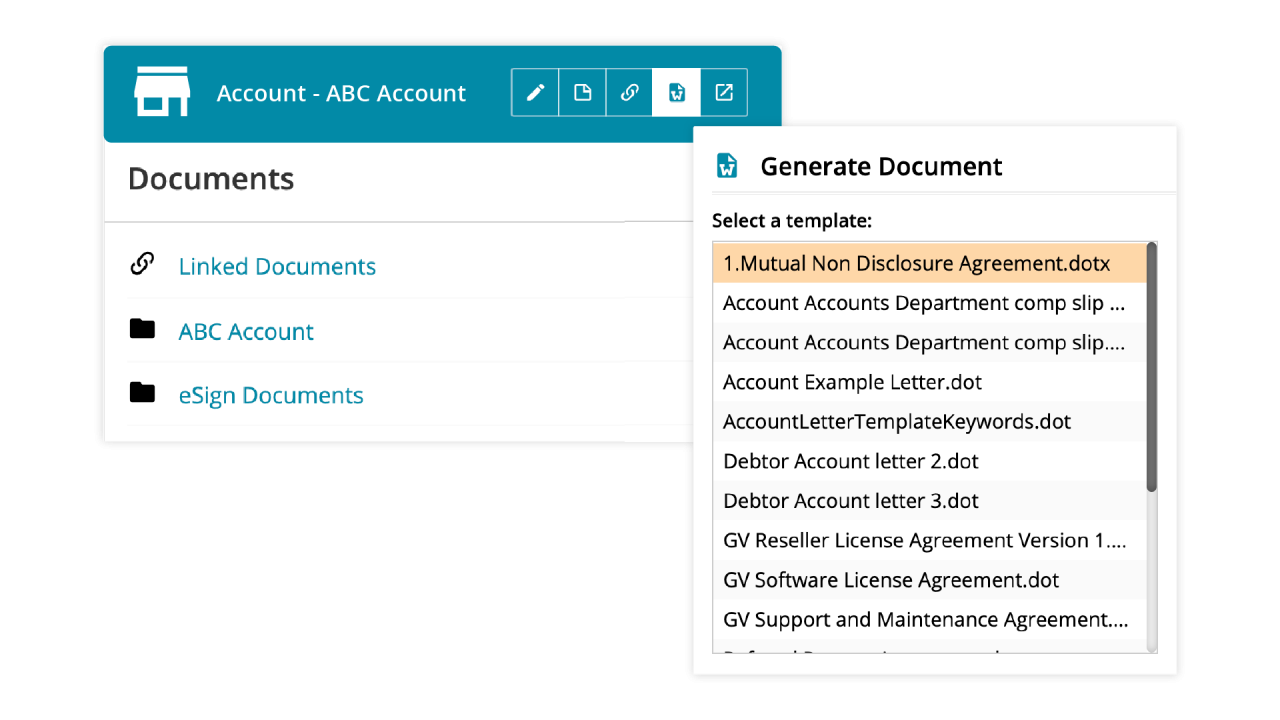
Consistency is key when it comes to streamlining your sales process and is an important part of sales enablement.
One of the common areas where consistency can be easily introduced is through template documents. It’s likely you may have to send information to your prospects and customers in document format. The ability to do this using templates at the click of a button not only saves you a great amount of time but also ensures uniformity.
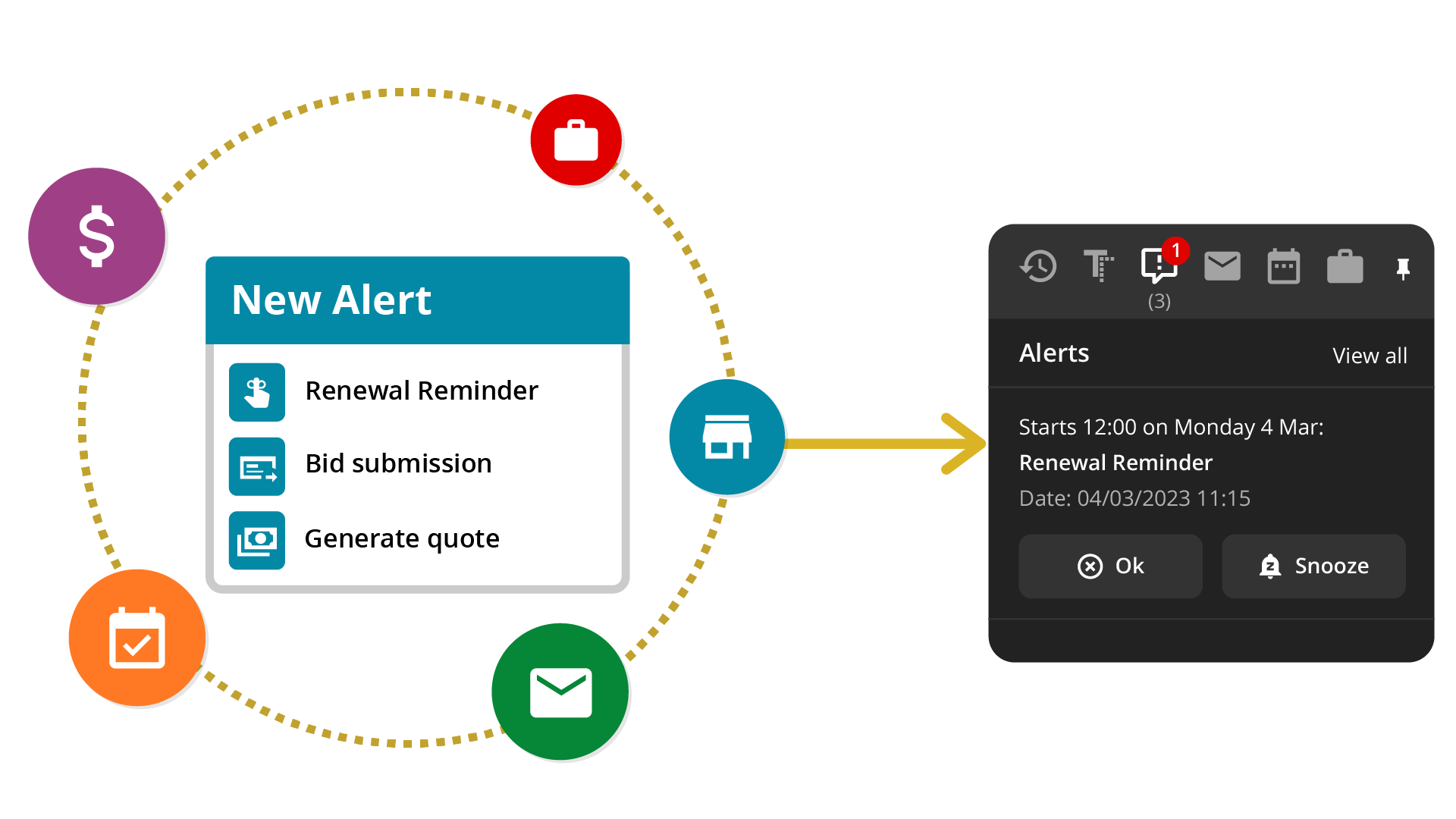
It is likely that you may have to perform the same tasks or activities with most of your sales opportunities. Therefore, it’s essential you have a CRM that can automate many of these tasks for you. This way, you can take the legwork out of your process and ensure that the execution is consistent every time.
A solution which offers automated workflow which you can tailor is a huge plus. One example of this could be setting up automated emails or alerts to certain members of your sales team when important changes are made to an opportunity. For instance, a high-value opportunity is closed as won. We’ve seen our customers build many variations using Gold-Vision workflow to match their needs.
You can also use this functionality to create reminder alerts or follow-up activities for your team. This could be to help remind them of important dates and milestones, for example. In our experience, integrations with Microsoft 365 and Gmail are also well-liked for this exact reason. They offer seamless automated emails and appointments with no effort.
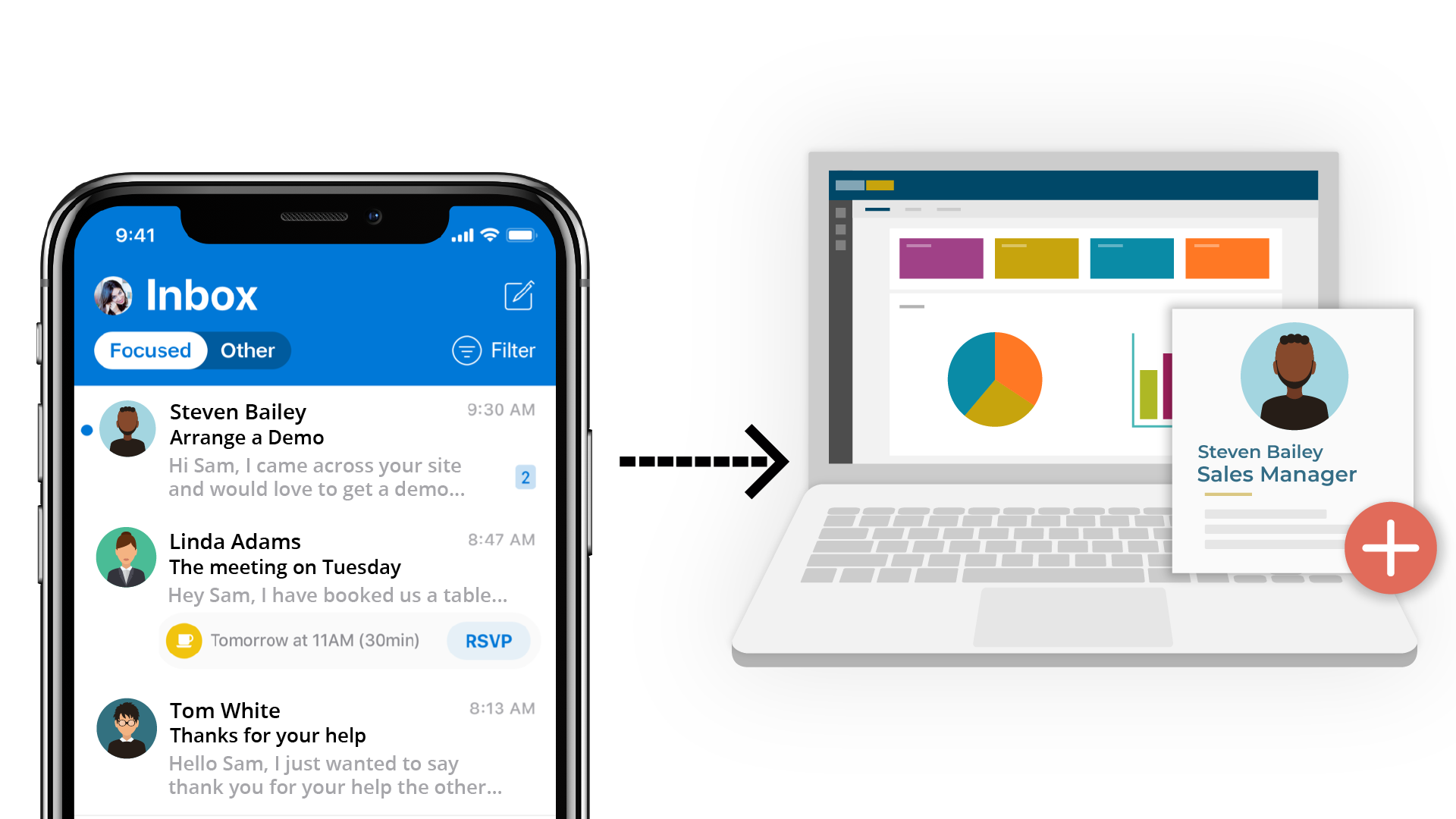

Make it easy for information to flow between your sales professionals, your prospects and your customers by providing communication choices. Phone and email are probably the first to spring to mind. However, increasingly popular formats, like social media, customer portals, LiveChat or website forms.
Recognise which communication means is preferred by your prospects and customers. Then clearly identify this within your system as this will enable your team to communicate in the preferred manner.

The final step, and most important in my opinion, is to build a team-orientated solution. It isn’t uncommon for sales professionals to work individually. However, it is crucial that your sales team can work efficiently together and support one another, regardless of where they are in the world.
For instance, imagine you have a team member who is on holiday or off sick and their prospect calls in. With a CRM solution that is up-to-date and fully integrated, a clear picture is painted of your prospect, including communications and appointments. As a result, anyone on the team can progress the relationship in their colleague’s absence.
Another way to look at the benefits of building a team-orientated solution is when the next action in a relationship is unclear. This may not be through lack of process but instead, perhaps, through limited experience or familiarity of the sales professional. Implementing a CRM system that allows teams to work together when reviewing opportunities will mean experience can easily be shared. Ultimately, facilitating the conversations needed to move the pipeline forward.
Improving sales team enablement will provide you with the rewards of a motivated and highly functional sales team. As you can see from the above, creating a simple and supported process with easy access to complete information will provide your team with the tools they require.
Get started with our free CRM Requirements Template and confidently choose the best CRM for your business. 🚀
Sign up to get the latest how-to’s, best practice, and news from Gold-Vision straight to your inbox